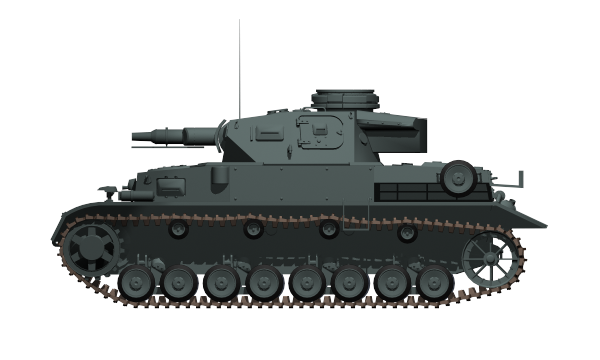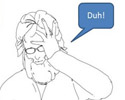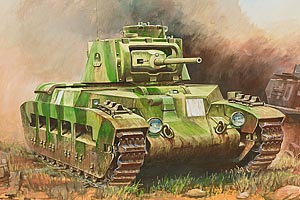The Second World War - The Battle Of France - World War Two - Battle Of France
The Battle of France
Winston Churchill is credited with christening the events of 1940 that saw the defeat of France by Germany as the 'Battle of France'.
The Battle is characterised by a long period of inaction on both sides, as they prepared and planned, known as the Phoney War, broken by a short and aggressive German Offensives against Denmark and Norway, the Low Countries (Belgium, Holland and Luxemburg) and France. The result was a limited occupation of Denmark, the occupation of Norway and the Low Countries and a de-militarized area under French Vichy control in the south of France. Britain was forced to evacuate all her land and air forces from mainland Europe with the loss of vast amounts of war material.

The German Panzer IV design served as the basis for many variants of armoured fighting vehicle during the whole course of the war. The type D shown here was used for support during the campaign of1940.
The German offensive lasted around 10 weeks in total. On April 9 1940, to secure Narvik and acquire bases for sea operations in the North Atlantic, German forces invaded Denmark and Norway. There was little the Danish army could do to stop the Germans; Denmark was flat and had a small population. Britain and France sent military aid to Norway but, despite a desperate resistance, there was relatively little they could do to stop the German occupation.
On May 10 1940 Germany implemented Fall Gelb, the first phase in the assault on France. Army Group C pinned down the allied forces on the Maginot line. Army Group B advanced into Holland and Belgium luring the Allies north into a trap. At the right moment Army Group A, consisting of most of the German mechanised forces, attacked the allied middle, which was relatively weak because the allies considered the Ardennes forest in this region to be impassable to tanks. Army Group A crossed the river Meuse at Dinant and Sedan and advanced rapidly to the Channel coast, cutting off the allied armies to the north. The Allies pulled back to Dunkirk where Operation Dynamo managed to rescue nearly 340,000 troops but with the loss of all their heavy equipment.
On June 5 the Germans executed Fall Rot (Case Red), turning south to complete the destruction of the remaining French armies.
On June 22 1940 an armistice was signed between Germany and France in the same carriage that had been used to end the First World War. Under the terms of the armistice France was divided into two zones: the north was to be occupied by German troops, giving the Germans bases along the coast for access to the Atlantic; the South was a 'Free' zone under the control of Vichy France led by Marshal Philippe Pétain. Britain refused to accept terms and was committed to maintaining the war against the Axis.

